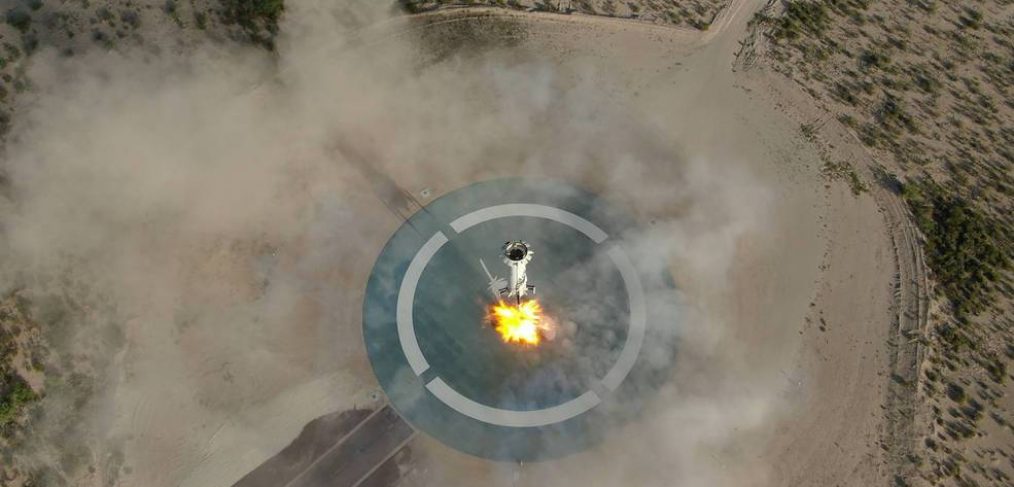
NASA to test precision automated landing system designed for the moon and Mars on upcoming Blue Origin mission
NASA is going to be testing a new precision landing system designed for use on the tough terrain of the moon and Mars for the first time during an upcoming mission of Blue Origin’s New Shepard reusable suborbital rocket. The “Safe and Precise Landing – Integrated Capabilities Evolution” (SPLICE) system is made up of a number of lasers, an optical camera and a computer to take all the data collected by the sensors and process it using advanced algorithms, and it works by spotting potential hazards, and adjusting landing parameters on the fly to ensure a safe touchdown.
SPLICE will get a real-world test of three of its four primary subsystems during a New Shepard mission to be flown relatively soon. The Jeff Bezos -founded company typically returns its first-stage booster to Earth after making its trip to the very edge of space, but on this test of SPLICE, NASA’s automated landing technology will be operating on board the vehicle the same way they would when approaching the surface of the moon or Mars. The elements tested will include “terrain relative navigation,” Doppler radar and SPLICE’s descent and landing computer, while a fourth major system — lidar-based hazard detection — will be tested on future planned flights.
Image credit: Blue Origin

